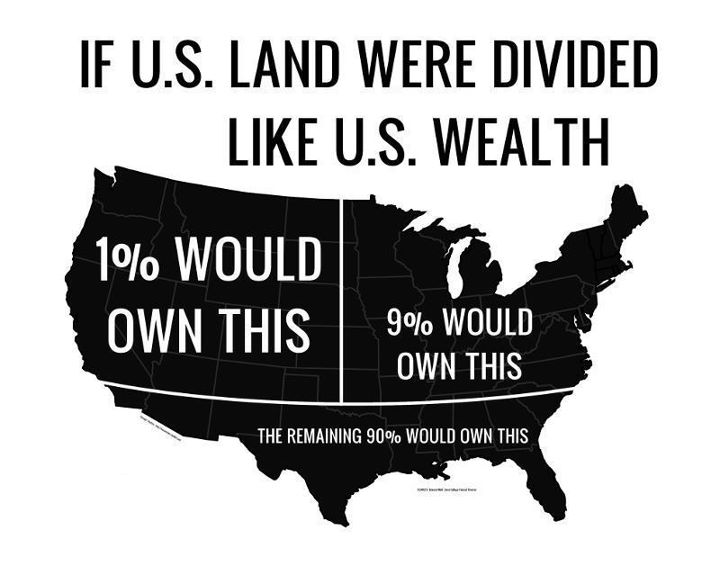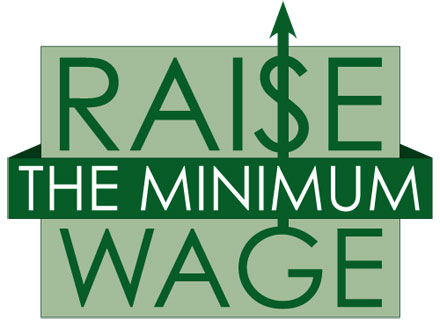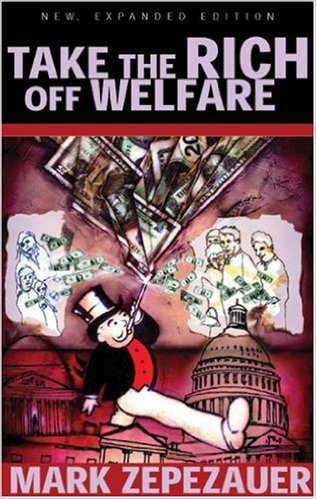Did Reagan Propose Higher Spending?
by Steve Kangas
Supply-siders dispute the claim that Reagan requested more spending than Congress actually passed. To show that Congress was actually the Big Spender, they commonly give the following chart, which shows that Congress outspent Reagan’s budget requests in 7 out of 8 years:
Federal Budget Outlays
Proposed (Reagan) and Actual (Congress) and
Cumulative Percent Difference
(billions of dollars)1
Outlays
Fiscal Year Proposed Actual % Difference (Cumulative)
1982 695.3 745.8 7.3
1983 773.3 808.4 4.5 (12.1)
1984 862.5 851.8 -1.2 (10.8)
1985 940.3 946.4 0.7 (11.6)
1986 973.7 990.3 1.7 (13.5)
1987 994.0 1003.9 1.0 (14.6)
1988 1024.3 1064.1 3.9 (19.1)
1989 1094.2 1144.2 4.6 (24.5)
______________________________________
Totals $7,357.6 $7,554.9 Avg 2.8 (3.1) (averages for 82-9)
The problem with this chart is that the proposal numbers are phony. Reagan's proposals were based on such optimistic forecasts of the economy that they bore little resemblance to reality.
To understand how the ruse works, a brief review of the budget process is helpful. A budget passed by Congress is not written in stone; there are actually many flexible items in it. One example is unemployment. The budget says, “Pay each unemployed person XXXX amount in unemployment compensation.” If the unemployment rate rises higher next year than anticipated, the budget automatically pays these extra individuals without requiring Congressional action.
Another example of a flexible budget item is interest on the debt. If interest rates soar or receipts drop more than expected, then interests costs are going to be greater. These are paid without Congressional action (unless the debt limit is reached).
In the president’s budget proposals, he must estimate next year’s unemployment rate, interest rates, and several other economic indicators. We have already seen that in Reagan’s first budget, David Stockman came up with a super-optimistic forecast that predicted 5 percent economic growth. (The higher the growth, the less government has to spend on unemployment, welfare, stimulus packages, etc.) Today, Stockman derisively refers to his first budget as the “Rosy Scenario.” Although Reagan’s remaining budgets were not quite as far-fetched as the Rosy Scenario, they were indeed much too optimistic. In fact, the only reason why spending surpassed the requests in only 7 instead of all 8 years was because one year — 1984 — actually saw a phenomenal spike of 6 percent growth.
What supply-siders are doing with the above chart, then, is comparing what was spent in the real world with what Reagan proposed in 8 Rosy Scenarios. They then blame the difference on Congressional action — despite the fact that Congress didn’t act on these increases.
The ruse is akin to a President proposing to spend one dollar on the budget next year, and blaming Congress for (inevitably) exceeding this proposal. Even if it turns out that Congress cuts the real budget, and the economy does better than normal!
The House Appropriations Committee conducted a study that compared Reagan’s concrete proposals to what Congress actually passed, not what was spent afterwards. And it found that Reagan asked for $29.4 billion more than Congress passed. (for details click here)
____________________
1 Budget Message of the President, FY's 81 to 89. Budget of the United States, FY 1993, Part 5, Table 1.3, page 5-18. Proposed outlays for 1981 from 1981 FY 1982 Budget Revisions.









